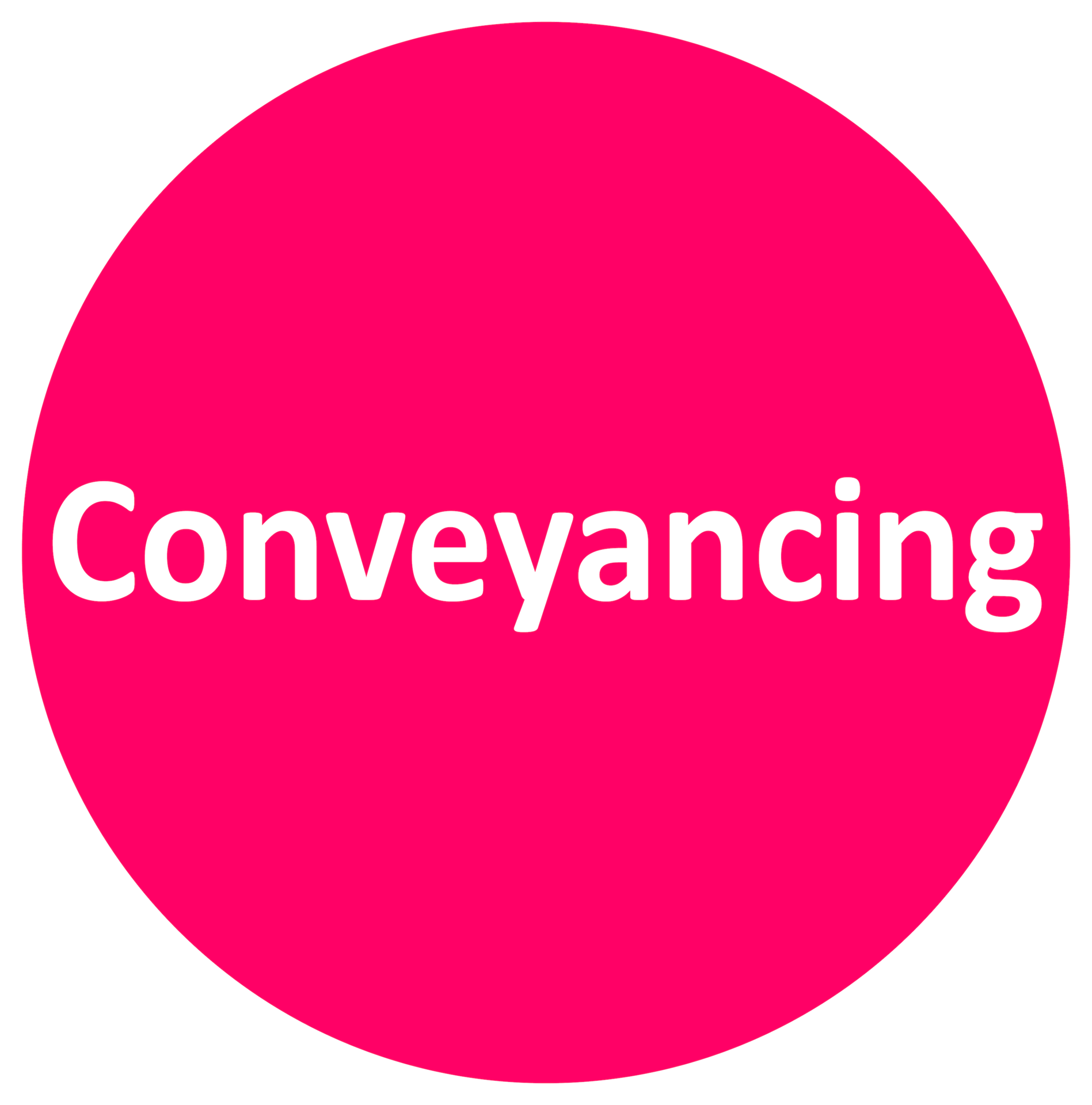How To Complete The Fittings And Contents Form
Posted on 21st May 2020
What is a ta10 form?
When dealing with a property sale, there can be a hundred and one things on your mind, and mountains of paperwork to sift through. This is where the assistance of our Preston solicitors comes in, who are on hand to guide you smoothly through the process. There are, of course, a number of important documents that you will be required to consider within your property sale, one of which being the Fittings and Contents Form.
Also known as the TA10 form or the Fixtures and Fittings Form, the s is an important document that your conveyancing solicitors will ask you to complete, when selling a property. This form, essentially, confirms to the prospective purchaser of the property which items you intend to leave at, and take from, your property, upon Completion.
Fixed-fee Conveyancing Solicitors:
MG Legal's leading coveyancing solicitors offer an unmatched service, and clear, fixed-fee rates. Our team put your first, and work with care to ensure that your property matters go smoothly, with no hidden costs. Call us today so speak to a conveyancing solicitor: 01995 602129

Get in touch today to speak to a Conveyancing Solicitor.
ta10 form explanatory notes:
A specimen of the ta10 form, and the other TA property forms that the Law Society have prescribed, can be viewed here.
This is an important document that not only forms part of the Contract pack, see more on the Contract pack, and what this entails here, but also forms part of the Contract for Sale. It is, therefore, important that the responses thereon are accurate.
Our team understand that, upon first glance, this form may seem daunting. We have, therefore, devised a trusty checklist that you can use, as a guide in completing the same:
- Before sitting down and putting pen to paper, we would advise that you take a walk around the property, and make a list of the items in each room. You can then make a rough note as to what you intend on taking and leaving. This will not only save you time, but will also save your legs in walking up and down stairs at each point on the form!
- Once you have gathered your thoughts on each room, you can sit down and assess the rough guide that you have made, ensuring you are confident in your decisions as to what will stay and what will vacate, when you do. This is also a good time to iron out any items that you may be unsure of.
- We would then advise, whilst fresh in your mind, tackling the form itself. Taking each section in turn, you should confirm whether the items listed are included or excluded from the sale.
- You should also ensure that any items that require confirmation in respect of the same being fitted or free standing are also clearly marked up.
- There is also a comments section pertaining to each item, which gives you the opportunity to provide further clarity on your intentions in such respect. For example, section 7 of the form relates to fitted units, and you intend upon leaving behind a unit located in the dining room. Within the comments section, you may wish to specifically distinguish which unit this is, by stating ‘silver mirrored unit’, as an example. This helps the buyer clarify exactly what is being referred to, and leaves room for no doubt as to what will be left at the property upon Completion.
- Furthermore, the form provides a section noted ‘price’. Where you intend upon leaving items at an additional fee, this section allows you to note the price at which the particular item is on offer for. The buyer’s solicitor can then take instructions in such regard, as to whether the buyer wishes to purchase the item(s) at the price stated.
There is, often, some confusion surrounding the terms ‘fixtures’ and ‘fittings’, and our Preston solicitors have the perfect illusion to provide clarity. Think of tipping your property on its head, not only would you probably find those socks that you have been missing, but you would also notice which items would stay put, and which would fall.
It is, therefore, important that the two are not confused. Fixtures are items that are attached to, and can be considered as forming part of the land. If, therefore, you intend on removing any such items upon Completion of the sale, you should ensure that the same are clearly marked on the TA10, to avoid any reliance being placed on the same being included in the sale, by the buyer. In contrast, fittings are not considered to be attached to, or form part of, the land. The intentions as to whether such items will remain, or be taken from the property upon Completion, should, therefore, be made clear.
The above reinforces the need for this inventory style form, in order that there is no room for any doubt between the parties, before Exchange of Contracts takes place. When nearing Exchange of Contracts, our Preston solicitors would advise reviewing this form, and ensuring that the details noted thereon are accurate and correct. This is because, Exchange of Contracts, also known as the point of no return, is the point at which the transaction becomes legally binding. If, therefore, there are any discrepancies with the Fittings and Contents form, and the items at the property upon Completion, there can be serious consequences. The buyer can place reliance on the information supplied within the form and, if the same is inaccurate or untrue, this can, in some cases, result in misrepresentation claims.
For more on the significance of Exchange of Contracts, see our Preston solicitors’ blog, here.
If, therefore, you are selling a property, and require assistance in completing the Fittings and Contents form, contact our team today, at property@mglegal.co.uk. Alternatively, submit your enquiry online, where our local solicitors will be on hand to assist.
Contact Us Today:
Or give us a call on 01995 602129

Clear, fixed-fees

Fully-Qualified Conveyancing Solicitors

Tailored Service

Multiple Office Locations

Decades of Experience

Home Visits
MG Legal - Your Local Solicitors
Share this post:




